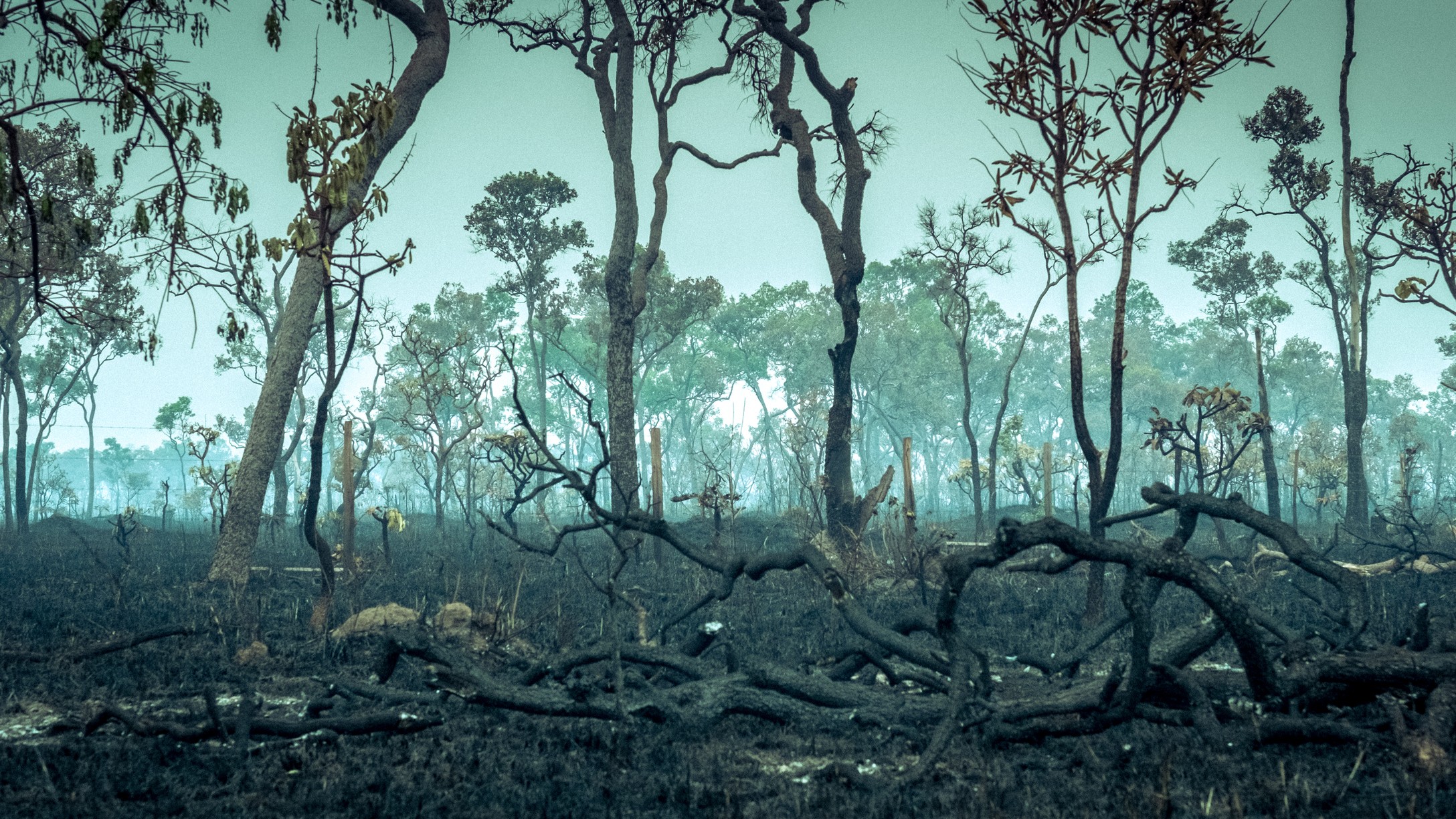15 Far-Out Facts About Area 51
Area 51. The name conjures an aura of secrecy, mystery and, of course, extraterrestrial happenings.
Area 51 Facts

Area 51. The name conjures an aura of secrecy, mystery, and of course, extraterrestrial happenings. Indeed, the military installation — located about 80 miles (129 kilometers) northwest of Las Vegas, Nevada — is the site of secretive military testing. So what do we really know about Area 51, myths and conspiracies aside? Here are 15 facts you can hang your hat on.
What's in a name?

Area 51 is just the sort of bureaucratic military jargon that sounds like the basis for a vast conspiracy. Where, after all, are Areas 1 through 50? In fact, the name comes from designations on Nevada Test Site maps from the 1950s. Area 51 is part of the Nevada Test Site (now known as the Nevada National Security Site), a remote area of desert 65 miles (105 kilometers) north of Las Vegas. It was the Nevada Test Site that hosted hundreds of nuclear weapons tests starting in the 1950s, almost 100 of which were above ground.
Conspiracy Central

Actual nuclear tests apparently aren't scary enough. Area 51's major claim to fame is as an alleged extraterrestrial technology research site. It all started in July 1947, when the Roswell Daily Record's front-page headline screamed "RAAF Captures Flying Saucer On Ranch in Roswell Region." The U.S. military claimed the unidentified crashing object was just a weather balloon; conspiracy theorists insisted it was an alien spacecraft which was then taken from the Roswell ranch property to Area 51 for reverse-engineering. And perhaps there was a large-eyed alien "gray" inside? In September 1994, the Air Force released a report with a fuller story: The wreckage was indeed a balloon, but not an ordinary weather balloon. Instead, it was an atomic monitoring balloon meant to detect far-off nuclear testing blasts.
Delayed UFO Claims
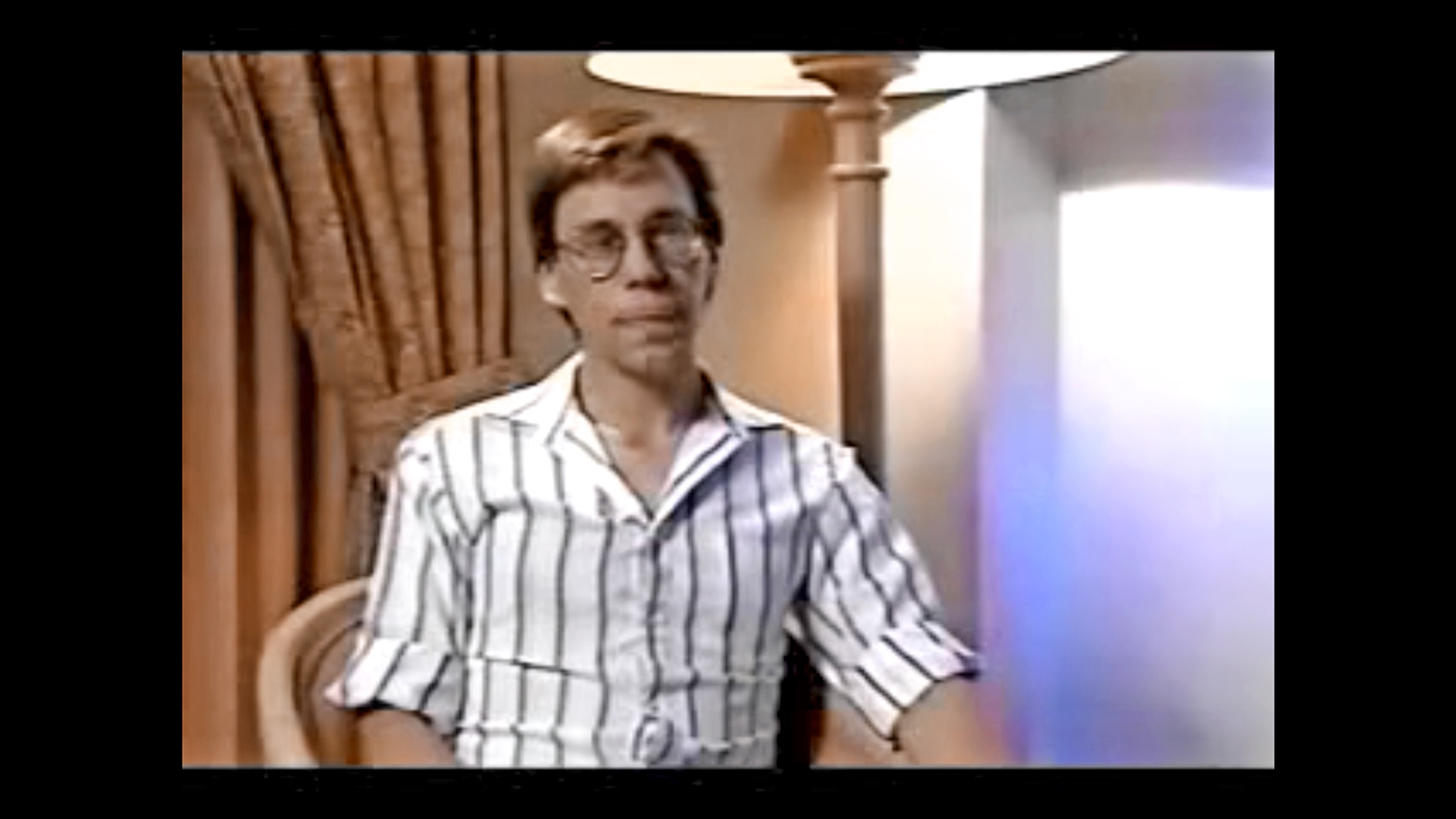
Despite the headline-making balloon crash in 1947, Area 51 didn't really get its extraterrestrial reputation until the late 1980s, when a man named Robert Lazar told a Las Vegas television station that he worked at a mysterious site called S-4 near Area 51 to reverse-engineer crashed flying saucers. This caused quite a stir, but Lazar was later found to have fabricated his employment not only on the base, but his entire background: He claims to have graduated from MIT and Caltech but actually went to neither, and he also claims to have worked for Los Alamos National Laboratory, which also turned out to be false.
No visitors

Area 51 is on the map, but good luck actually getting there. It's a restricted area, with armed guards patrolling the fences around the parameter. They're colloquially known as "Camo dudes" because that's what they wear when on the job. Given the testing of stealth aircraft on the site, this kind of secrecy isn't very surprising. However, the guards may be the ones who are most affected by the military silence surrounding the site. Guards have sought compensation for breathing problems they say they've experienced since being exposed to toxic chemicals from the burning of the coatings meant to shield aircraft from radar.
Another conspiracy?
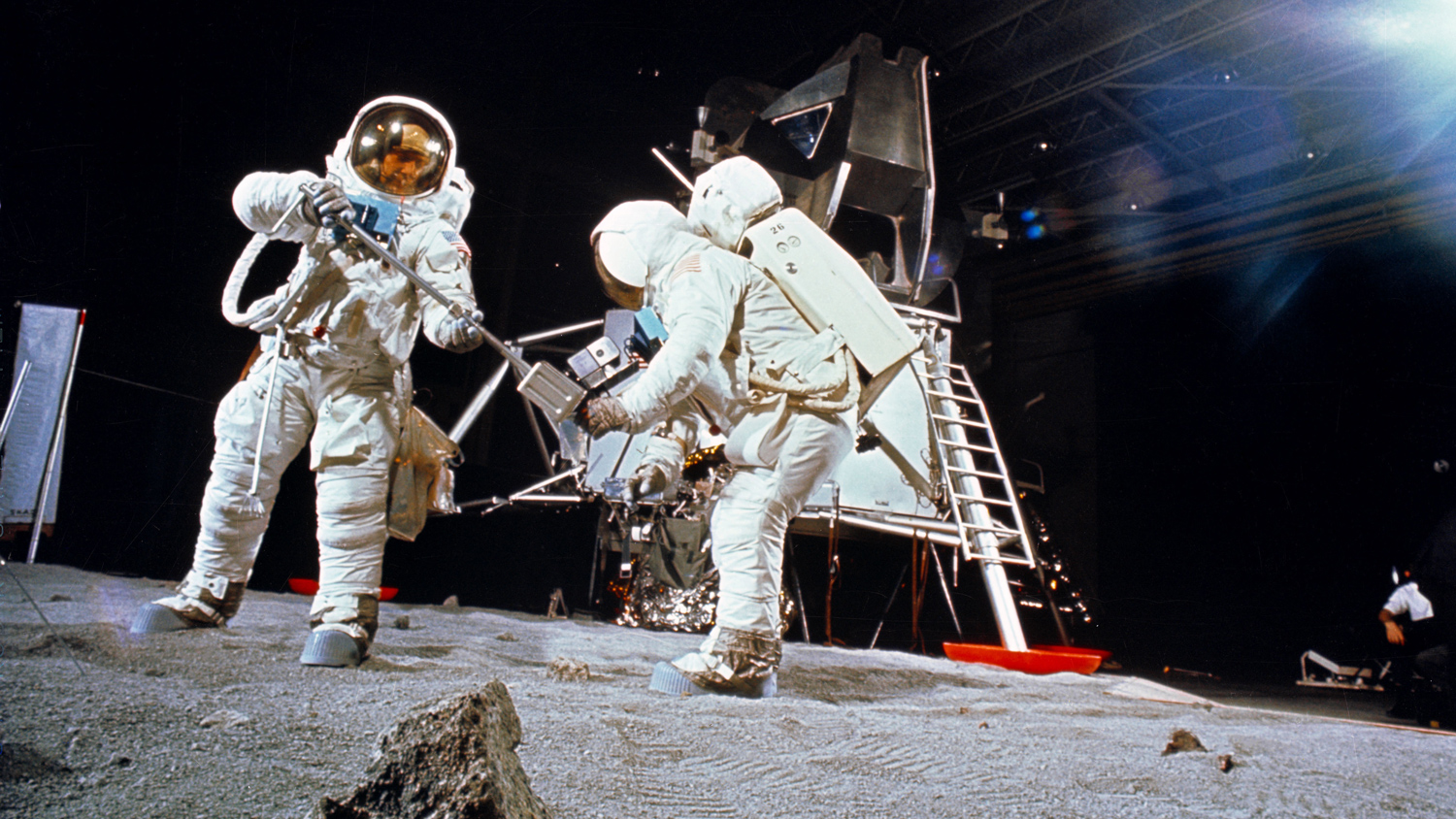
As if crashed UFOs weren't enough, some conspiracy theorists also think that Area 51 is where the moon landing was staged. In the 1974 book, "We Never Went to the Moon: America's Thirty Billion Dollar Swindle," conspiracy theorist Bill Kaysing argues that NASA astronauts never made it to space and that all the footage of Neil Armstrong and Buzz Aldrin walking on the lunar surface was filmed at Area 51.
Of course, the moon landing wasn't faked — The six Apollo missions even brought back 842 pounds (382 kilograms) of moon rock as souvenirs. Some space equipment, like rovers and life support systems, were tested in Nevada at a nearby nuclear testing site, however.
Get the world’s most fascinating discoveries delivered straight to your inbox.
Air Force affiliation
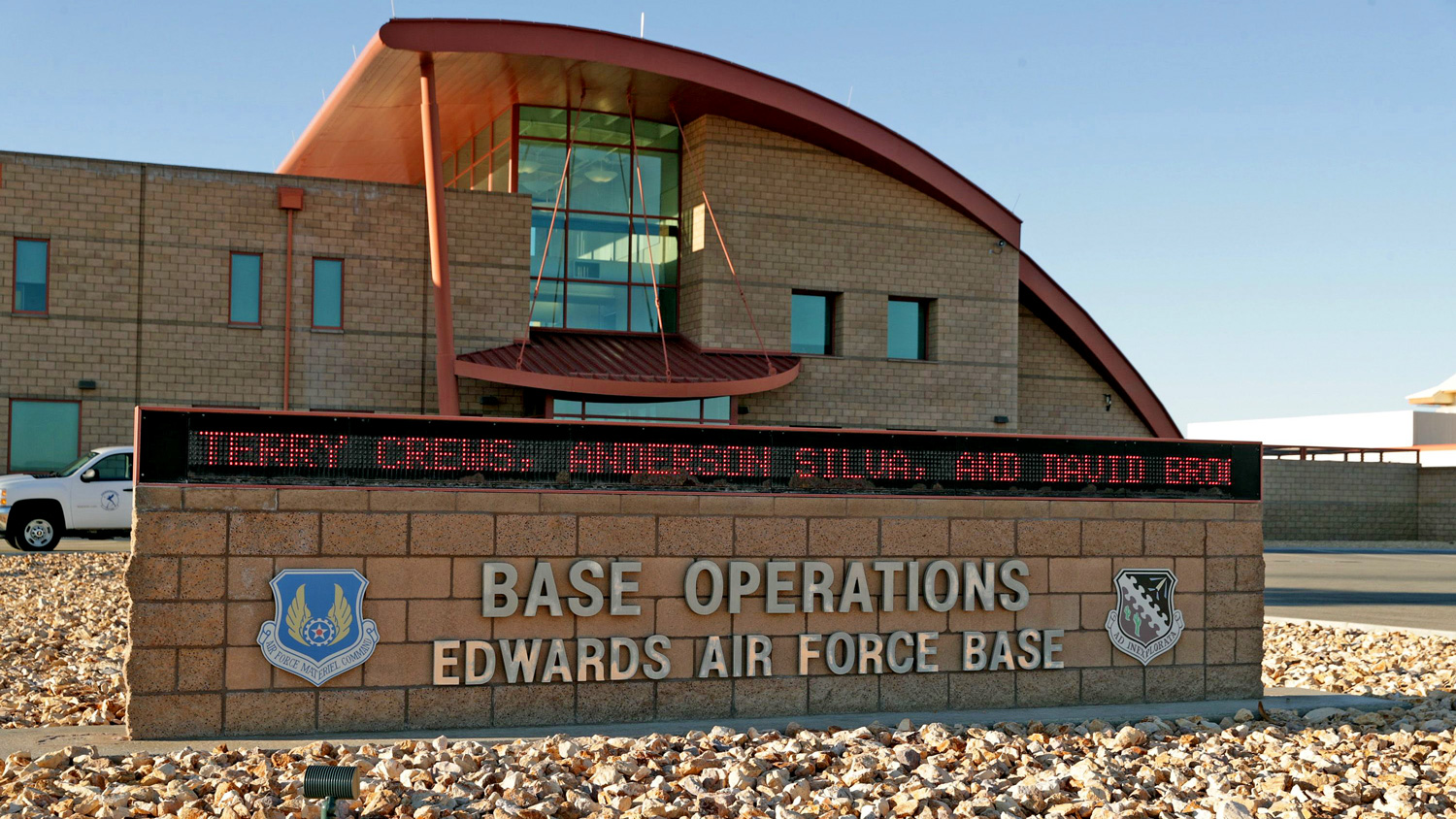
Officially, Area 51 is part of the Nevada Test and Training Range (NTTR), which is affiliated with Nellis Air Force Base. According to the Air Force, the NTTR is the largest combined air and ground space for peacetime military operations in any democracy in the world. It covers a total of 2.9 million acres (1.2 million hectacres) and 5,000 square miles (12,950 square km) of restricted airspace.
What's it really for?
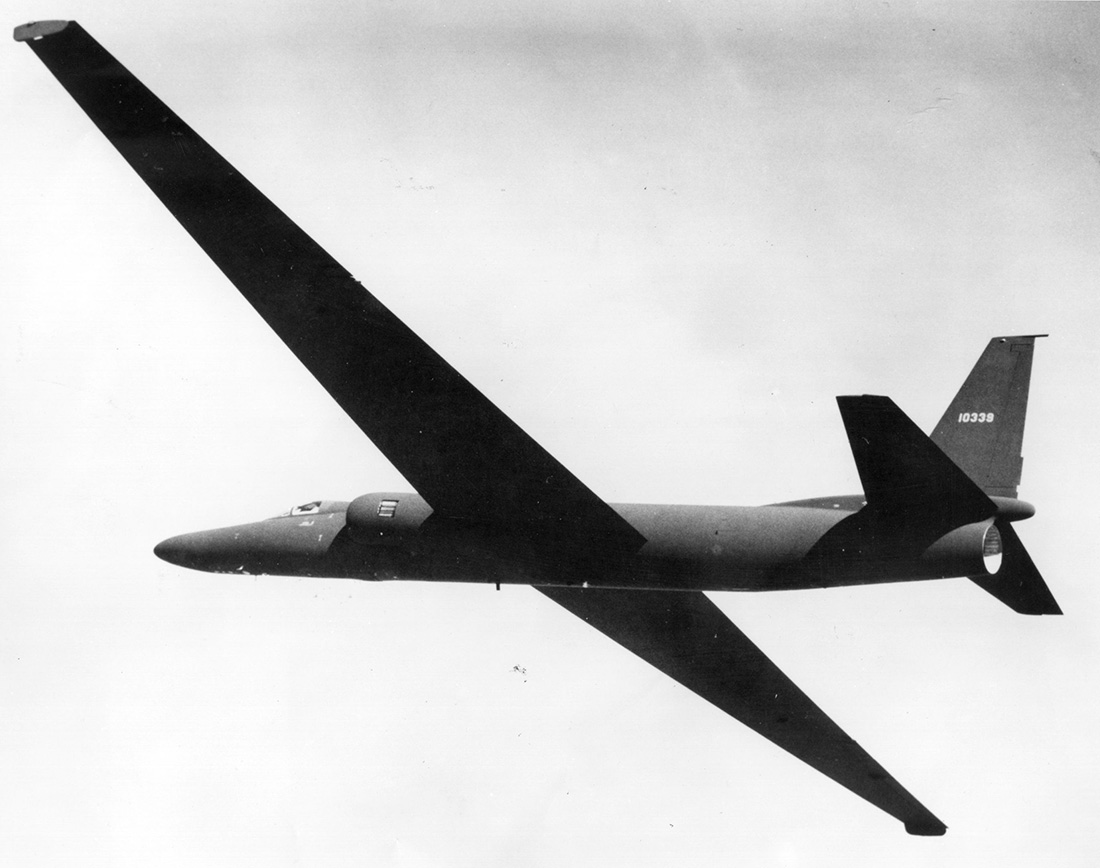
The Nevada Test and Training Range is used to train aircraft crews in combat scenarios and for live munitions training, according to the Air Force, as well as operational testing. In the past, the site has been used to test and develop new helicopters, airplanes, unmanned drones and other top-secret military technologies. One of these was the famous U-2 spy plane, an ultra-high altitude aircraft used for reconnaissance. This plane's very first flight took place at Area 51 (officially known as Groom Lake) in August 1955.
Paradise in the Desert
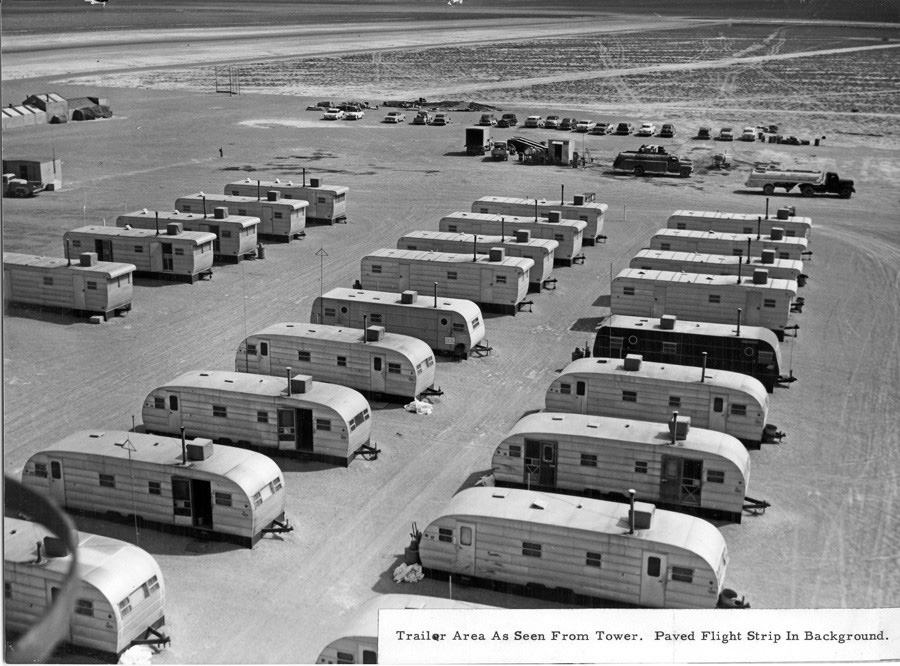
During Area 51's heyday as a testing site for the U-2 and other secretive military tech, engineer Kelly Johnson came up with a deft bit of rebranding to convince government workers and their families to pick up and move to the middle of the desert, according to TIME Magazine. He nicknamed the place "Paradise Ranch." It's paradise indeed — if you like desert scrubland and temperatures that regularly hit 100 degrees Fahrenheit (38 degrees C) in the summer.
Secrecy yields conspiracy
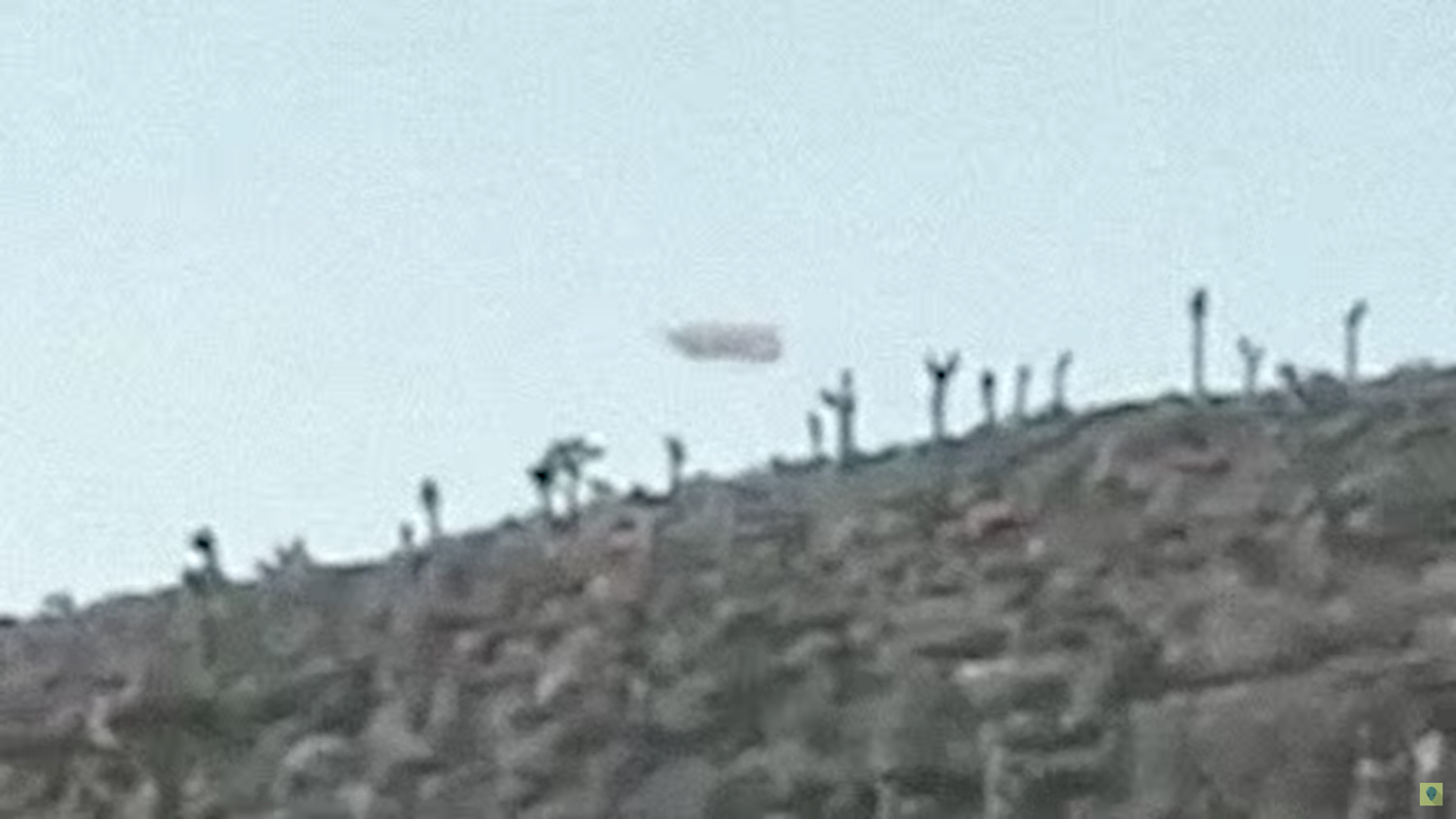
Many of the conspiracy theories that surround Area 51 are the result of the government's need to keep the base secret. The alleged UFO may have been "just" a nuclear reconnaissance balloon, but the Air Force didn't want the public to know much about their spy capabilities either. Many of the alleged UFO sightings around the base were known by Air Force officials to be U2 test flights, which flummoxed hobby and commercial pilots because they flew so high above regular air traffic, according to declassified CIA history. Air Force officials obfuscated what was going on with statements about "natural phenomena" and "high-altitude weather research."
Continued activity

After the U-2 plane program, Area 51 remained a testing ground for other spy planes, such as the Lockheed A-12 Oxcart and the D-21 Tagboard, according to NBC News. Today, the site is still used. Google Earth views show neatly kept runways and a small, orderly cluster of buildings, and in some views there is evidence of new construction over the past decade.

Stephanie Pappas is a contributing writer for Live Science, covering topics ranging from geoscience to archaeology to the human brain and behavior. She was previously a senior writer for Live Science but is now a freelancer based in Denver, Colorado, and regularly contributes to Scientific American and The Monitor, the monthly magazine of the American Psychological Association. Stephanie received a bachelor's degree in psychology from the University of South Carolina and a graduate certificate in science communication from the University of California, Santa Cruz.


